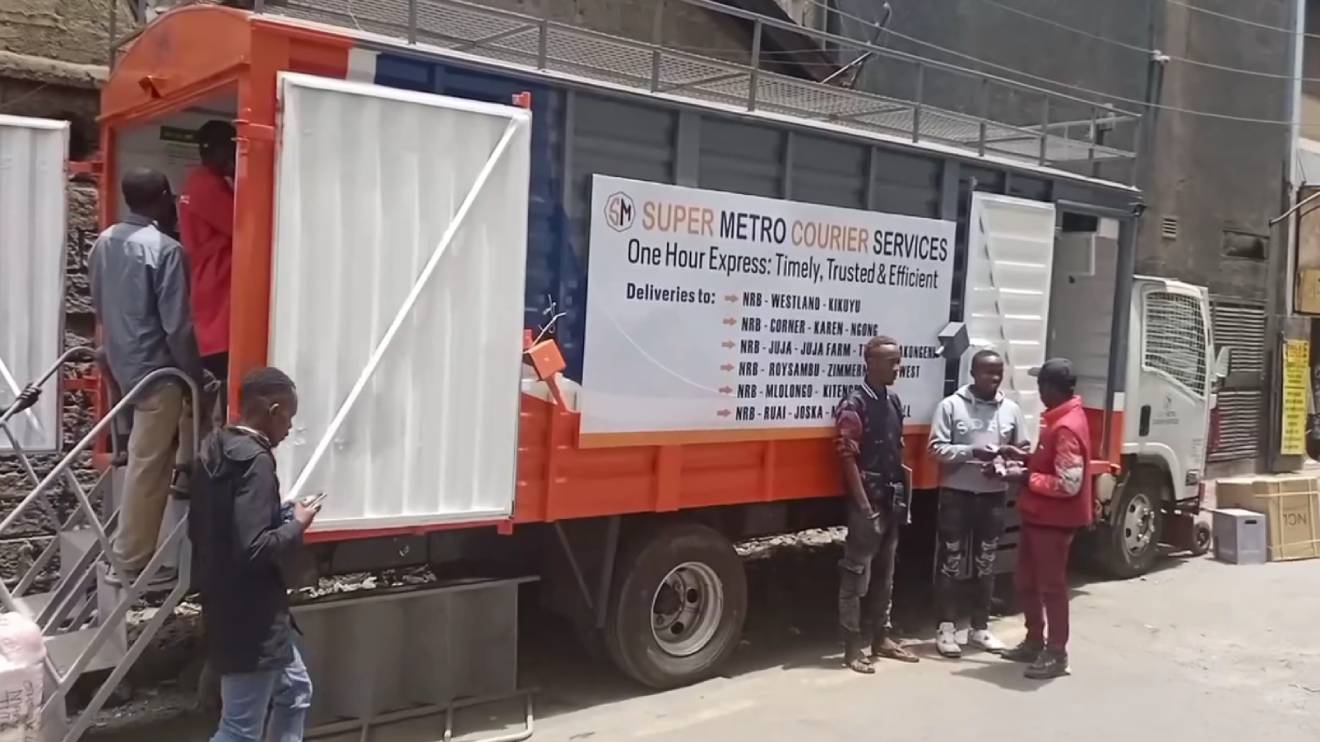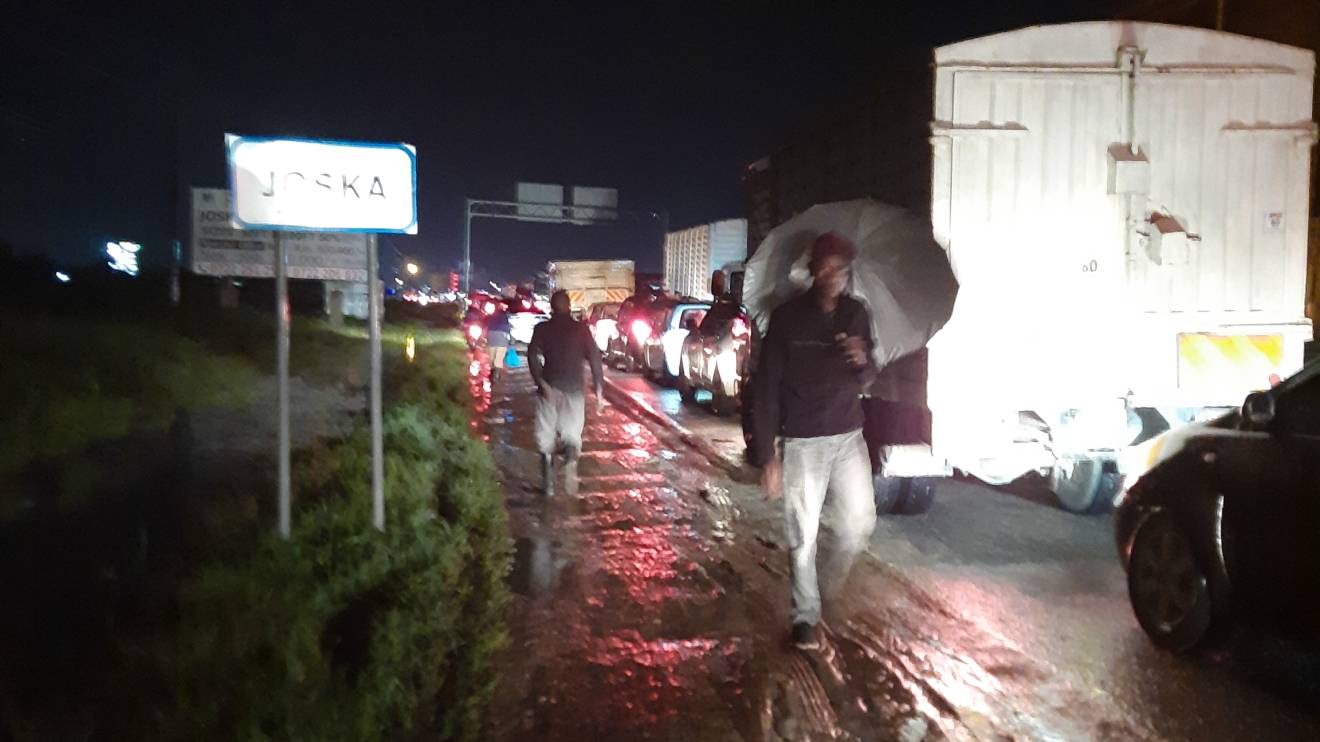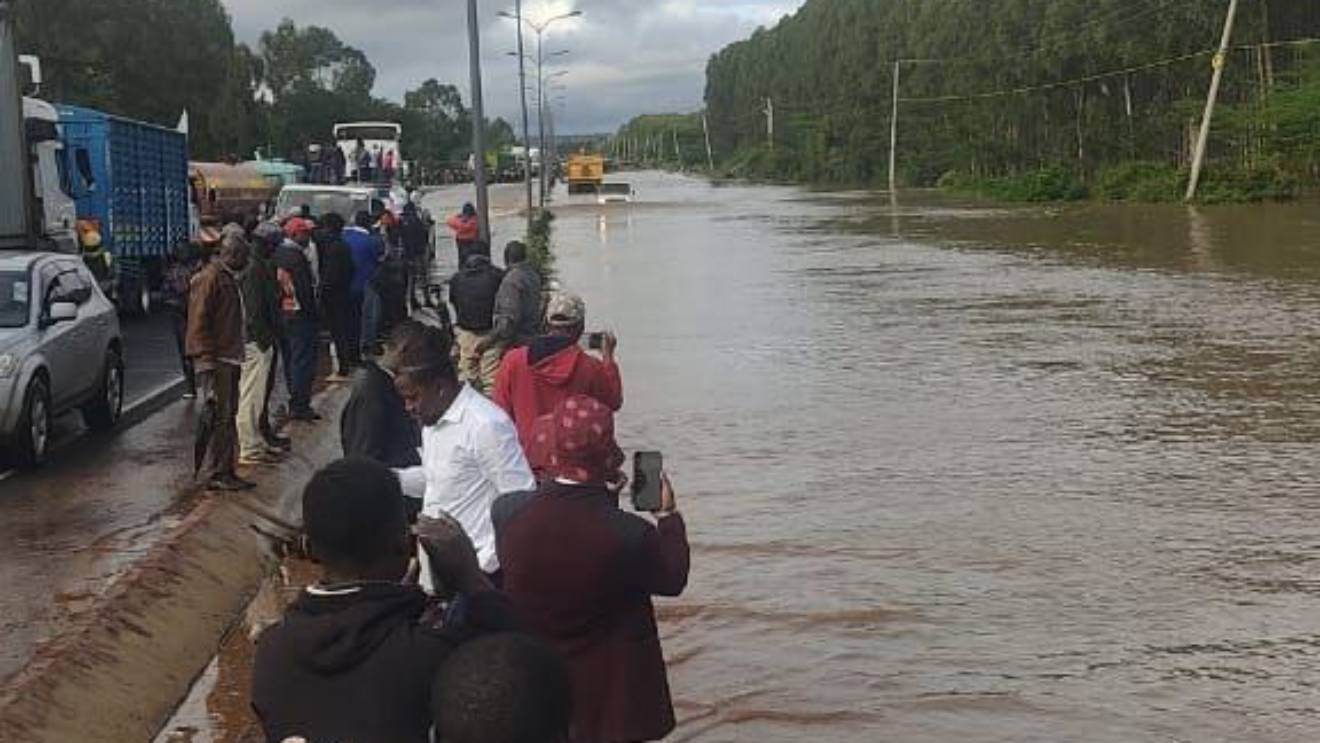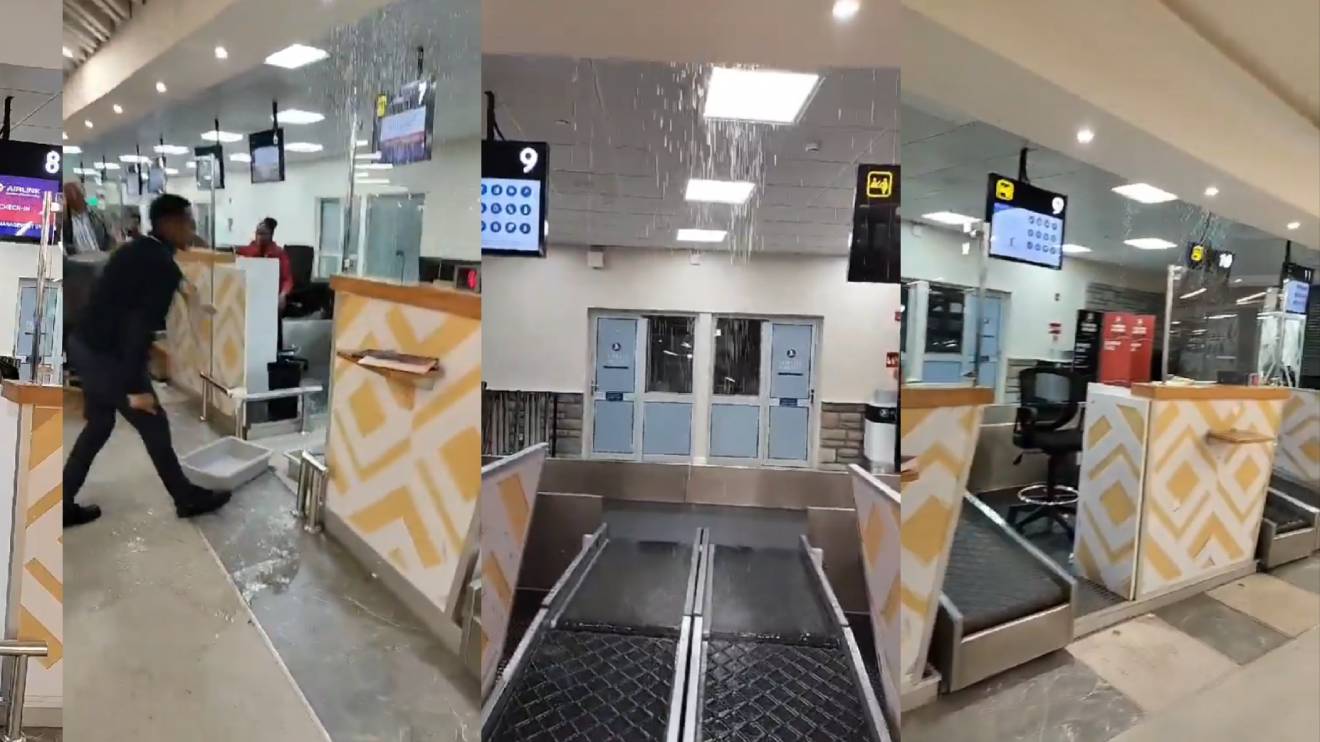Kenya's transport landscape is poised for a significant shift, with the introduction of tolls on key highways and the potential increase of the Road Maintenance Levy Fund.
This ambitious plan, unveiled by Transport Cabinet Secretary Kipchumba Murkomen at the launch of the Kenya National Highways Authority's (KeNHA) 2023-2027 strategic plan, aims to address the country's growing infrastructure needs through a shared responsibility model.
The proposed toll system, inspired by the success of the Nairobi Expressway's public-private partnership model, targets high-traffic corridors like Athiriver-Namanga, Galleria-Rongai-Ngong, and Kiambu Road.
"I believe that we can toll the road from Athiriver to Namanga, I believe that it is possible to toll the road from Galleria to Rongai to Ngong and back to Karen Shopping Centre. I believe also that it is possible to expand and toll the road of Kiambu road," Murkomen stated.
Read More
This approach, while likely to raise concerns among some drivers, is projected to generate substantial revenue for road expansion and maintenance.
Acknowledging potential financial constraints, Murkomen emphasized the availability of alternative routes for those who choose not to use toll roads.
This flexibility ensures continued accessibility while encouraging utilization of the toll system for its intended purpose: infrastructure improvement.
"There are so many alternative routes along this corridor that those who don’t wish to pay toll fees, we’ll give them those alternative roads," the Transport CS said.
Furthermore, the strategic plan proposes an adjustment to the Road Maintenance Levy Fund, currently set at Sh18 per litre.
Citing rising maintenance costs and KeNHA's pressing need for Sh708 billion over the next five years, the Kenya Roads Board has proposed an increase to Sh23 per litre which is likely to have an impact on the price of fuel.
While the initial impact on users requires careful consideration, the potential long-term benefits of improved roads, enhanced safety, and a more sustainable funding model cannot be ignored.
The debate simmers, with Kenyans caught in the middle as the dream of better roads clashes with the harsh reality of empty pockets.
Whether the benefits outweigh the burdens remains to be seen, but one thing is certain: Kenyan drivers are in for a bumpy ride ahead, navigating not just potholes on the roads, but also the financial tollbooths that threaten to further squeeze their already strained livelihoods.









-1714232911.jpeg)

